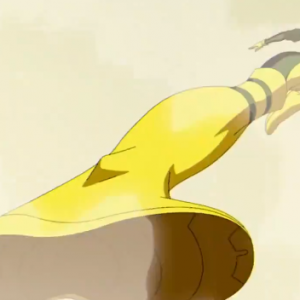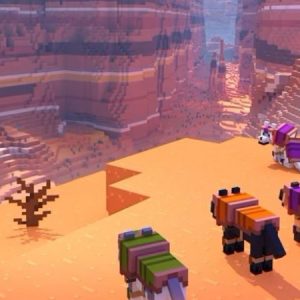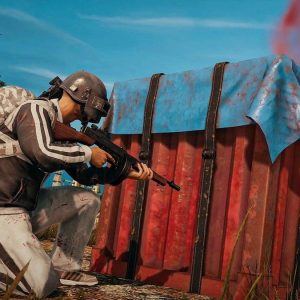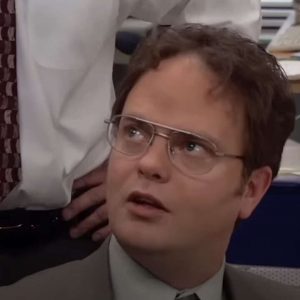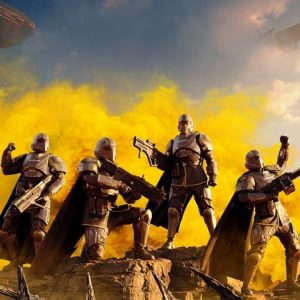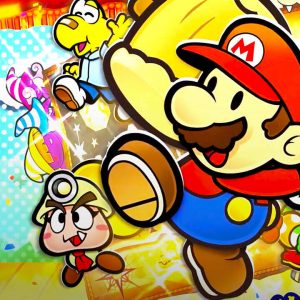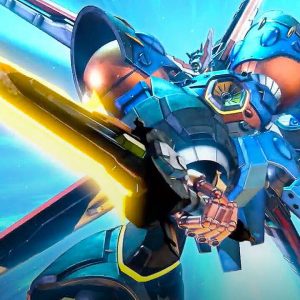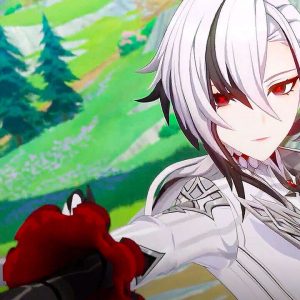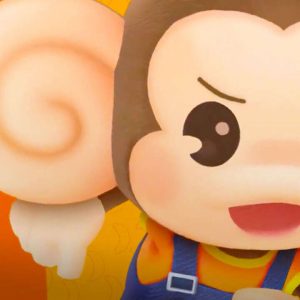Some gaming gems get forgotten over time, some never get the chance to be discovered in the first place. Out of all of the games that instantly impressed me when I first played them and frustratingly faded into obscurity, Split/Second surely takes the pole position. Welcome to the third installment of my ongoing column, Forgotten Gems!
Black Rock Rocked
If you’ve never played Split/Second and you’re into arcade racers, know that it’s not too late. Largely forgotten — or rather, unknown — it may be, but it’s still easy to find and play (see bottom of this article). Split/Second was the brainchild of Black Rock Studio, a company formerly known as Pixel Planet, then Black Rock Studio, then Climax Brighton, then Climax Racing, then… Black Rock Studio again.
And as you may have guessed, the studio’s story doesn’t have a happy ending. Acquired by Disney in 2006, Black Rock had established itself as a racing game specialist with the MotoGP and ATV Offroad Fury series for THQ and Sony, respectively. Added to Disney Interactive’s growing portfolio of developers, Black Rock was going to be a cornerstone of a new Disney gaming initiative that went beyond kids and family entertainment. Disney’s ambitious plans also included bringing Avalanche Studios, Wideload, Propaganda Games, and Warren Spector’s Junction Point Studios into the fold – with Black Rock doing what it’s done best and laser-focused on developing great racing games.
And that it did. While Black Rock was shut down in 2011 and its talented team scattered to other development studios, it managed to create two racing games under Disney that didn’t just impress our reviewers back then, but hold up perfectly well to modern scrutiny. Its first game, Pure, is an excellent ATV racer released in 2008, but it’s the second game, Split/Second, that still holds a special place in my heart today and doesn’t have a worthy successor – actual or spiritual – to date.
Michael Bay Adventure Racing
Released for Xbox 360, PS3, and PC in 2010, Split/Second is a rare breed of “disaster racer”. A game where the environment – and its gradual destruction – is every bit as important as the four-wheeled opposition. It’s a bit as if Roland Emmerich made a Need for Speed game, crossed with Michael Bay’s take on Beetle Adventure Racing. Nearly every race is doused in spectacular, perpetual sunsets, only to serve as the backdrop for over-the-top pyrotechnics and Avengers-level urban destruction. Towers topple, dams burst, airplanes crash, and entire railroad bridges buckle under onslaughts of explosions that send train cars flying everywhere. Two console generations later, it’s still visually impressive, even if the entire affair runs at 30 frames per second. Take a look:
The gameplay centers around a TV competition show that has racers square off in 12 seasons of races amidst carefully orchestrated destruction. Cars build up a “power play” meter by drifting and drafting and can then use that precious energy to trigger environmental hazards to take out the other drivers. These range from having helicopters drop bombs, construction equipment swinging into the road, to major chain reactions that can alter the course of the tracks entirely. For example, a toppled tower may become a ramp to rooftop shortcuts, an ocean liner can be knocked off its drydock into the raceway, or an entire city block can be detonated to bury the racing leaders under falling rubble.
Watching this destruction unfold onscreen is a little bit like seeing a kid with overactive imagination play with their favorite toys. Cars will fly.
On top of that, there’s multiplayer, a kicking disaster movie soundtrack by Marc Canham, a campaign structure that invites replays to unlock new cars, elimination races, and even challenge missions that have you try and dodge missile attacks from a helicopter or survive a chase with giant trucks dropping explosive barrels.
So what went wrong? Everything seemed lined up for Split/Second’s inevitable success. When we first played Split/Second at the Game Developers Conference in 2009, we were already smitten, and covered the game’s progress over the months that followed. Disney Interactive seemed to have high confidence in the game as well, providing our team with lots of opportunities to play the game – and even delaying its launch to grant the development team a few extra months for that final layer of polish. The game shipped to positive reviews and players quickly discovered that the ending of Split/Second directly teased a sequel and promised: “to be continued…”
There was no sequel. A year later, MotorStorm: Apocalypse arrived from racing-focused Black Rock competitor Evolution Studios, which had been acquired by Sony in 2007. Though not as well-received, the game likewise combined racing with screen-shaking disasters. Like Black Rock, Evolution is no more, shut down and disbanded after it shipped its final racing game, Driveclub. Some former Black Rock staff worked on Electric Square’s mobile game Detonation Racing, which clearly shows some Split/Second DNA. Today, in the absence of a new Burnout, the closest thing to Split/Second is likely the Forza Horizon series; though its brand of racing action is a tad more rooted in realism – while many pinatas have been hurt in FH5, even the Hot Wheels expansion and the Eliminator races don’t end with smoking husks of cars smashed by a wrecking ball. In the end, there’s certainly no major racer that produces sweaty palms and blows up its stages quite so beautifully as the original.
“
Split/Second’s ultimate undoing was likely a shift in strategy for Disney to focus on “smaller” and a return to character-based games. While Michael Bay was still blowing up things on the big screen, the decade’s mobile gaming frenzy ensured that Swampy the Alligator was a better bet for Disney than investing in AAA racing games with $20 million budgets and two-year development cycles. Split/Second reportedly sold 100,000 units in its first month – not bad for a brand-new racing brand, but no doubt way below the publisher’s expectations. Where’s My Water?, on the other hand, was downloaded more than a million times in that same timeframe that same year. In hindsight, it is and remains way more “Disney”.
Where can you play Split/Second Today?
Split/Second was denied the lasting success of arcade racing series like Need for Speed or Forza Horizon, but it wasn’t for lack of a great idea and strong execution. If you missed it the first time around, you should absolutely play it today. I fired it up last week and was surprised how well it holds up visually – and how challenging and tense the entire experience is compared to many contemporary racers. Just be warned: there are no rewinds. You will get blown up and may lose your lead if you’re unlucky. But the mission structure allows for easy do-overs, and restarts and reloads are quick.
Skip the PSP and iPhone versions (not that you can still find the latter), they are different – and vastly inferior – games developed by other studios. Stick with the console and PC original from Black Rock. It’s available for $20 (and on sale right now for just $5) on the Xbox Game Store. It’s also on Steam, and it’s even included with PlayStation Plus Classic. The latter is no doubt a decent option if you’re already a subscriber with a fast network connection, though playing the game natively is still a vastly superior experience. There are some mild issues with the power play icons flickering on Xbox Series X/S that I don’t remember seeing on Xbox 360/PS3, but it’s still wonderful to have the ability to easily play the game as it was intended.
Peer Schneider (@PeerIGN on Twitter) is one of IGN Entertainment’s founders and has spent thousands of hours playing racing games over the last four decades. And he tells himself every week that he should probably stop playing Forza Horizon 5… next week.
